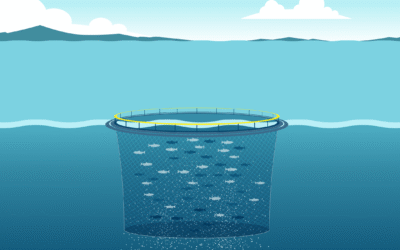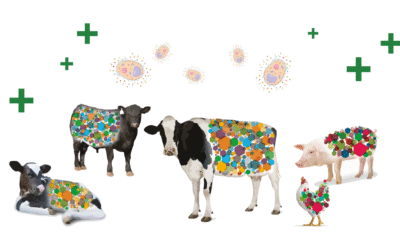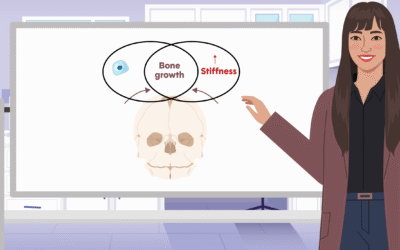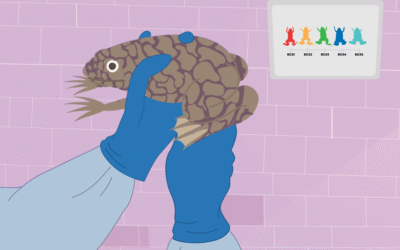Controlling the Worldwide chaotic Spreading of COVID-19 Through Vaccinations | Dr Aldo Bonasera
Original Article Reference
This SciPod is a summary of the paper ‘Controlling the Worldwide chaotic Spreading of COVID-19 through Vaccinations’, published in the Journal of Modern Physics. DOI: 10.4236/jmp.2022.131001.
About this episode
Amid the global COVID-19 pandemic, we face challenges that require innovative and strategic responding. Dr Aldo Bonasera at Texas A&M University in the USA and Laboratori Nazionali del Sud, Istituto Nazionale di Fisica Nucleare in Italy, and Dr Hua Zheng at the School of Physics and Information Technology, Shaanxi Normal University in China, have taken a mathematical approach to compare the current COVID-19 pandemic with the Spanish Flu. Their findings have led to important recommendations for managing the current pandemic through vaccination programmes.
This work is licensed under a Creative Commons Attribution 4.0 International License. 
What does this mean?
Share: You can copy and redistribute the material in any medium or format
Adapt: You can change, and build upon the material for any purpose, even commercially.
Credit: You must give appropriate credit, provide a link to the license, and indicate if changes were made.
Increase the impact of your research
• Good science communication helps people make informed decisions and motivates them to take appropriate and affirmative action.
• Good science communication encourages everyday people to be scientifically literate so that they can analyse the integrity and legitimacy of information.
• Good science communication encourages people into STEM-related fields of study and employment.
• Good public science communication fosters a community around research that includes both members of the public, policymakers and scientists.
• In a recent survey, 75% of people suggested they would prefer to listen to an interesting story than read it.
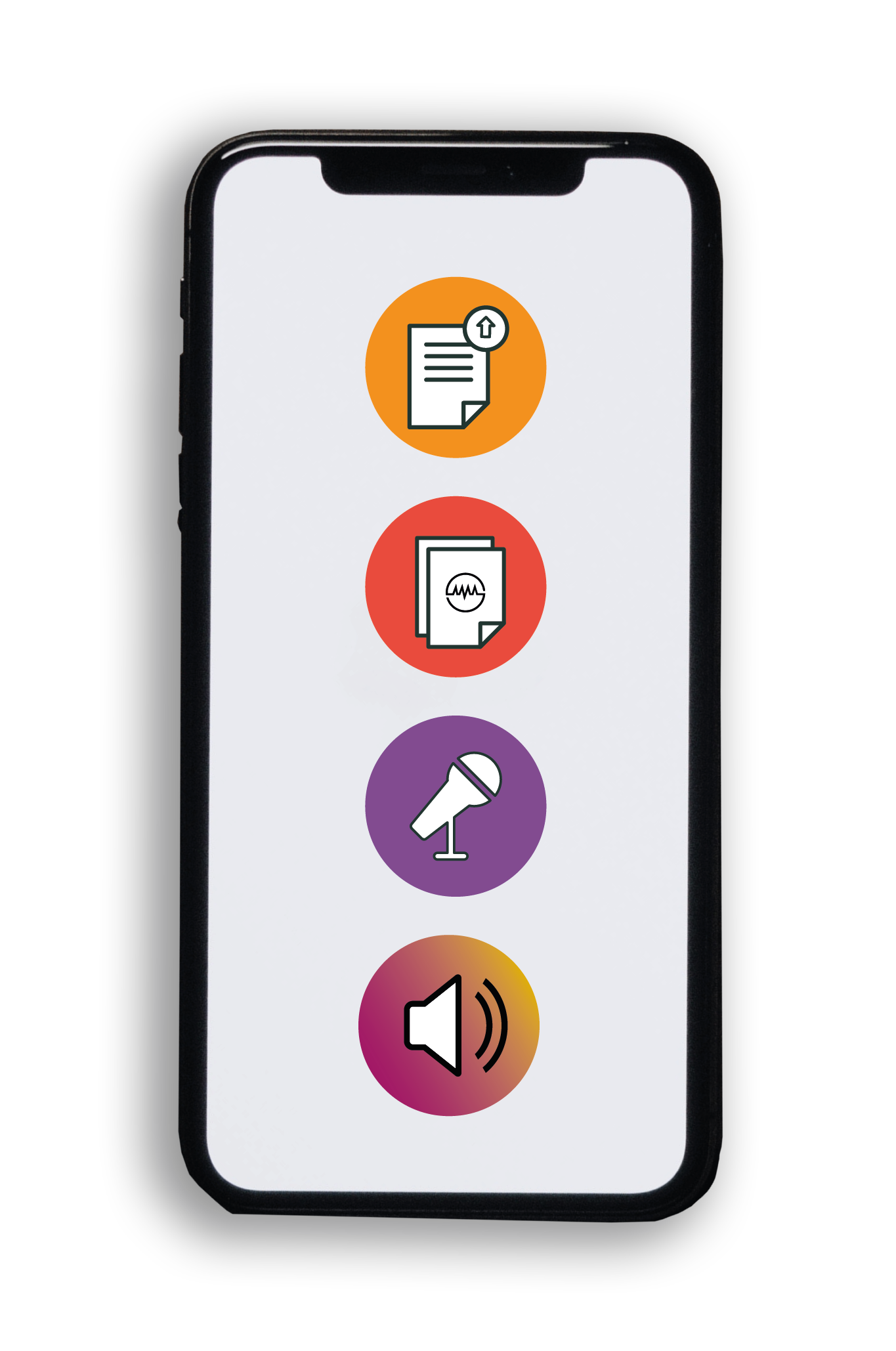
Step 1 Upload your science paper
Step 2 SciPod script written
Step 3 Voice audio recorded
Step 4 SciPod published

